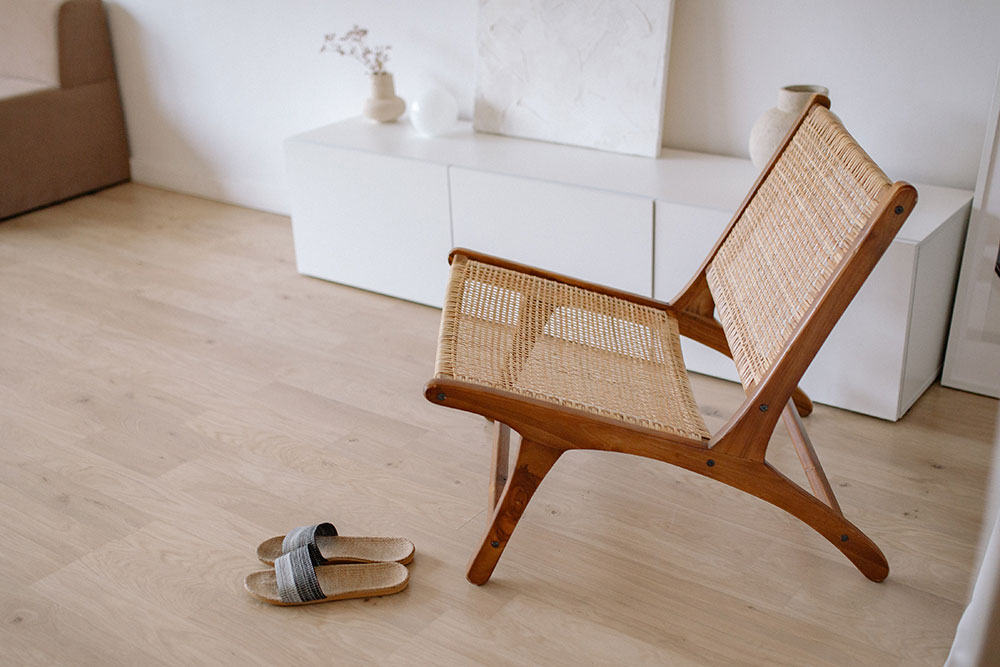Slippers have been a part of human culture for thousands of years, with different regions developing their own unique styles and customs related to wearing them in the home. From Japan to South Africa, people have found different ways to make slippers a crucial part of their home life. Understanding the cultural significance of slippers is an important step in understanding the diversity of our world.
Asia
Japan has one of the most well-known slipper cultures in the world. The country’s tradition of removing shoes before entering the home is deeply ingrained, and it is considered rude to wear shoes inside. Instead, guests are offered a pair of slippers to wear while inside. There is also a separate pair of slippers for the bathroom, as it is considered unclean to wear the same slippers throughout the house. This tradition dates back to the Heian period (794-1185) when nobles would remove their footwear before entering a house to avoid dirtying the floors.
In China, it is also customary to remove outdoor shoes before entering the home and wear indoor slippers instead. The custom of wearing indoor slippers dates back to the Tang Dynasty (618-907). In Korea, people wear house shoes or socks to keep the floors clean. In India, people wear traditional slippers or sandals inside the home, as it is considered impolite to walk around barefoot.
Middle East
The Middle East also has a strong slipper culture, with Islamic tradition calling for the removal of shoes before entering the home. This practice is followed in many Middle Eastern countries, and it is customary to wear slippers or sandals inside the home while keeping outdoor shoes in a separate area. In Turkey, people often wear slippers or sandals inside the home, which are known as “terlik”.
Europe
In Europe, people often wear slippers or socks inside the home to keep feet warm during the cold winters. In Scandinavia, it is common to wear woolen slippers or thick socks, as the winters can be very harsh. In Germany, people often wear Hausschuhe or house shoes, which are similar to slippers, but often have a sturdier sole. In Spain, people wear espadrilles or alpargatas as indoor shoes. These are a type of canvas shoe with a woven sole that is popular in summer.
North America
In North America, it is common to wear indoor shoes or slippers during the winter months when it is cold outside. Many people prefer to wear woolen or fleece slippers to keep their feet warm. In Native American cultures, moccasins are traditional indoor shoes made of soft leather or fabric. Moccasins have been a part of Native American culture for centuries and are still popular today.
South America
In Brazil, Havaianas or flip-flops are a popular choice for indoor footwear. This is because Brazilian homes often have tiled or marble floors that can be slippery, and Havaianas provide good traction. In some other South American countries, people prefer to go barefoot in their homes, especially during the hot summer months.
Africa
In South Africa, people often wear slippers or sandals inside the home, as it is considered impolite to walk around barefoot. It is also customary to remove shoes before entering someone’s home. In Morocco, babouche slippers are a common choice. Babouche slippers are made of soft leather and often have intricate embroidery or embellishments. They are a symbol of Moroccan culture and are popular not just in Morocco, but also in other North African countries.
In conclusion, slipper culture around the world is diverse and fascinating.
Whether it’s the Japanese custom of providing separate slippers for the bathroom, the South African tradition of wearing slippers inside the home, or the Native American preference for moccasins as indoor shoes, slippers have become an integral part of many cultures around the world. These customs reflect not just practical considerations, such as keeping the floors clean or protecting against the cold, but also social and cultural values.
For example, in many cultures, the act of removing one’s shoes before entering a home is seen as a sign of respect and good manners. Wearing slippers or house shoes inside the home can also be seen as a way to maintain a clean and tidy environment. In addition, slippers can be a way to express one’s personal style and cultural heritage. For instance, babouche slippers in Morocco are often seen as a fashion accessory and are available in a wide range of colors and designs.
While slipper culture varies widely from region to region, the one thing that unites all these traditions is the sense of comfort and relaxation that comes from taking off one’s outdoor shoes and slipping into a cozy pair of slippers. Whether you prefer woolen slippers, traditional babouche slippers, or a simple pair of flip-flops, there’s a slipper out there for everyone.


